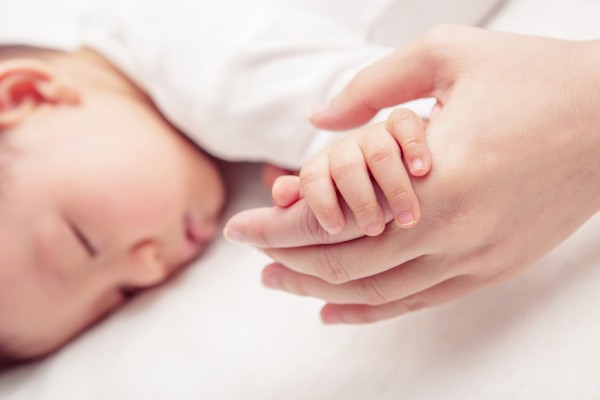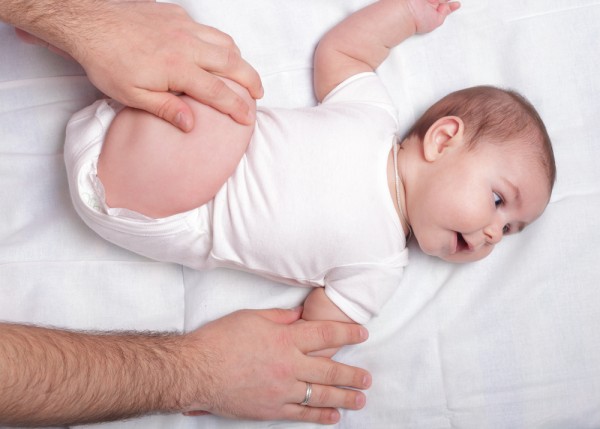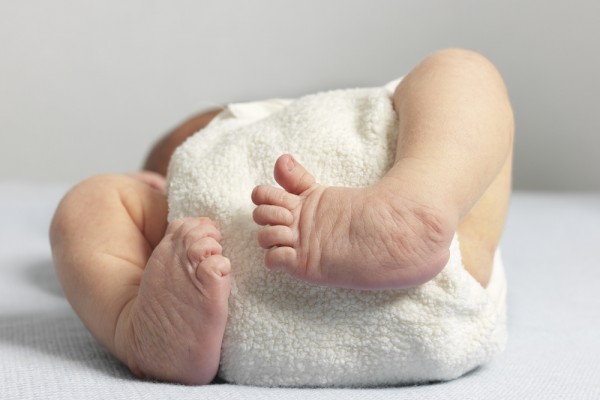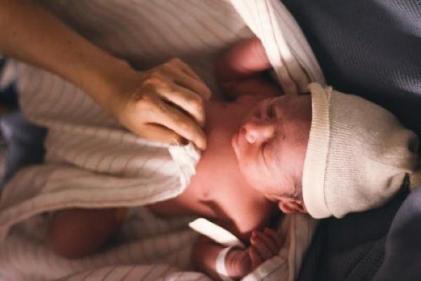Caring for a newborn is exciting but also nerve-wracking sometimes.They look so tiny and fragile and they’re completely dependent on you for their every need.
Noticing that something is “off” or not quite right with your newborn is very worrying.
Don’t panic, babies are often born with mild ailments that are easy to treat and many resolve themselves in time.These are nine conditions that newborns also have and don’t worry they rarely ever have long-term effects.
1.Developmental dysplasia of the hip (DDH)
DDH means that the hip and the supporting ligaments are unstable and can cause hip dislocation.
Babies’ hips are routinely checked at birth to make sure the joint is correctly aligned. If dislocation is suspected, a CT scan of the hip will be required to confirm this diagnosis.Treatment involves the baby wearing a hip brace for about six to 12 weeks, which usually corrects the problem.
Babies who are born in the breech position or those with a family history of DDH are at a greater risk of having this condition.
2.Misshapen head
This sounds alarming but is actually very common. If your baby struggled to move out during delivery, it could be due to having a high misshapen head.
Sometimes there may be lumps or bruising towards the back of the baby’s head or there might be a small collection of blood under the surface of the skin. Don’t worry too much about these, they tend to resolve themselves within a few weeks.
Babies who have had a forceps delivery may have slight bruising or marks on their head but these will disappear over time.
3.Umbilical hernia
This condition occurs when babies have a small hole in the wall of their abdomen, causing part of their intestine to stick out at the site of the umbilical stump.
You may notice this protruding when the baby cries or strains. These hernias are most common in babies of African descent and most close on their own.Sometimes they require a simple surgery to close fully. If your baby has one, it’s good to keep an eye on it but in general they cause very little discomfort, if any, to the baby.
4. Blue fingers and toes
Some tots are born with an underdeveloped circulatory system and this can cause their fingers, hands and toes to have a blueish tinge and feel cold to touch.
You may also notice your baby’s skin has a mottled appearance (a pink lace-like pattern) beneath the surface, this is a common feature for a newborn with an immature circulatory system.
The best way to treat it is to keep them nice and warm and rub their hands and feet when they get cold until they are pink again.
However, if you see your baby’s lips or mouth turning blue you should definitely seek medical help as this could be something more serious.
5. Meconium aspiration
Some babies will pass their first stools in the womb and they can inhale some it prior to birth. This is known as meconium aspiration.
Because a baby’s first stools are thick and sticky, inhaling any amount can affect a newborn’s ability to breathe properly. In some cases, it can cause an infection and prevent the lungs from operating as they should.Babies who have inhaled a large amount of meconium will need to have their airways cleared and will need a course of antibiotics.
The majority of babies will recover well, without any long-term lung damage.
Meconium aspiration is more likely to occur if the baby is overdue or if the birth is long or stressful.
6.Tongue-tie
This refers to when a baby’s tissue under their tongue is too short, causing restriction of movement.
This can cause the baby to have problems feeding.
Doctors will sometimes snip the piece of tissue to free the tongue. This is a simple procedure and may only require a local anaesthetic. In other cases, doctors advise waiting to see if the tongue-tie corrects itself.
7.Subconjuctival haemorrhage
Babies who have had a long or difficult delivery are sometimes born with a bright red spot in the corner of their eye.
This is caused by blood vessels bursting near the surface of the eye. Don’t be alarmed if it turns yellow over time, it usually does this before disappearing.
Some babies also appear cross-eyed when they are born but they’re actually just trying to focus on objects. A baby’s sight is not as developed as the other senses at birth and it will take a while to mature.
8.Jaundice
Newborn jaundice is very common, with many babies born with a yellowish complexion and some will have yellow in the whites of their eyes.
The reason for this is too much bilirubin, a chemical that is produced when the body breaks down red blood cells. The liver removes bilirubin from the blood stream, but it takes a lot longer for an immature newborn’s liver to be able to perform this action.
Most babies will not require any treatment, and the yellowing will disappear within a couple of weeks.Some babies may require phototherapy – which involves being placed under a UV light for periods of time. In rare cases, ongoing jaundice may require the baby to have blood or liver tests.
9.Club foot
Club foot refers to several issues relating to the alignment and positioning of a newborn’s feet.
It is usually caused by shortened connective tissue between the muscles and the bones, and results in the feet or toes having a twisted appearance. It is usually diagnosed straight after birth and needs to be treated as soon as possible, to avoid issues with walking later on.
The most effective treatment is to stretch the foot into the right position and then place a cast on the foot or feet to hold it in the correct place. The cast may need to be changed weekly as your baby’s foot grows. Daily exercises may also be prescribed. In severe cases surgery may be required.













